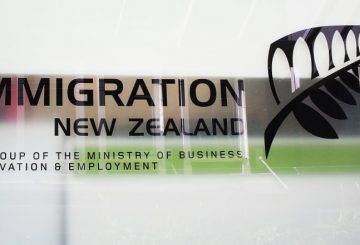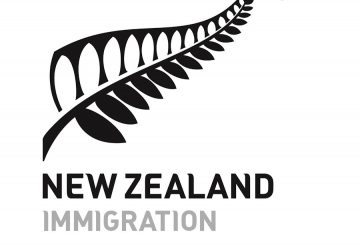Các giấy tờ nội các đã tiết lộ rằng các bộ trưởng đã chấp thuận kế hoạch một năm trước để đoàn tụ các gia đình bị chia cắt bởi các đóng cửa biên giới, nhưng sau đó nói rằng điều đó là không cần thiết.
Các tài liệu, được công bố vào tháng trước, cho thấy khoảng 14.000 đối tác tách biệt và trẻ em, những người không được bao phủ bởi các miễn trừ biên giới khác, đang chờ đợi để vào nước vào tháng 7 năm ngoái.
Bộ trưởng xuất nhập cảnh Kris Faafoi cho biết: “Tôi đề nghị giới thiệu một ngoại lệ biên giới để cho phép đối tác và người phụ thuộc của tất cả những người có thị thực làm việc tạm thời trên bờ đủ điều kiện vào New Zealand”.
Các giấy tờ cho thấy nội các đã đồng ý thay đổi thiết lập biên giới vào ngày 12 tháng 7 năm 2021. Sau đó nó trì hoãn quyết định trong một tháng vì thiếu không gian trong sự cô lập quản lý (MIQ).
Sau đó, vào ngày 30 tháng 9 năm 2021, chính phủ tuyên bố sẽ cung cấp giấy phép cư trú “một lần” cho đến 165.000 người di cư.
Vì giấy phép cư trú mới, Nội các quyết định rằng “ngoại lệ biên giới thống nhất gia đình không còn cần thiết nữa, vì nhiều công nhân sẽ có thể đưa các đối tác và người phụ thuộc đủ điều kiện của họ đến New Zealand như một phần của đơn xin cư trú của họ”.
Tuy nhiên, nhiều gia đình bị chia cắt bởi việc đóng cửa biên giới đang báo cáo rằng họ đã không thành công trong việc đạt được giấy phép cư trú một lần.
Cố vấn nhập cư Katy Armstrong, người đã vận động cho những thay đổi, nói rằng đã có sự chậm trễ trong quá trình xử lý và rằng nhiều gia đình ly thân đã không được ưu tiên.
Bà nói rằng trong nhiều trường hợp gia đình chia rẽ đã mất nhiều thời gian hơn những người cùng nhau ở New Zealand, hoặc những người không có gia đình. Các ứng dụng cũng trở nên “mắc kẹt” trong hệ thống, thường không có lý do rõ ràng.
Thời điểm phát hành các giấy tờ Nội các cũng cho thấy sự thiếu minh bạch tiếp tục, bà nói thêm.
“Tại sao họ lại ngồi trên đó? Đó là hơn một năm trước, điều đó thật đáng kinh ngạc và tôi cảm thấy như thể họ đã hẹn giờ nó. Đó là một cách để phát hành thông tin đó, có thể làm ít tiếng ồn hơn, họ chỉ cần trượt nó ra. Và sau đó chúng tôi đã mở cửa biên giới tháng Hai, và chúng tôi nói xin vui lòng bây giờ chúng tôi không để MIQ cho gia đình vào và họ vẫn không cho họ vào. Tại sao?”






























































